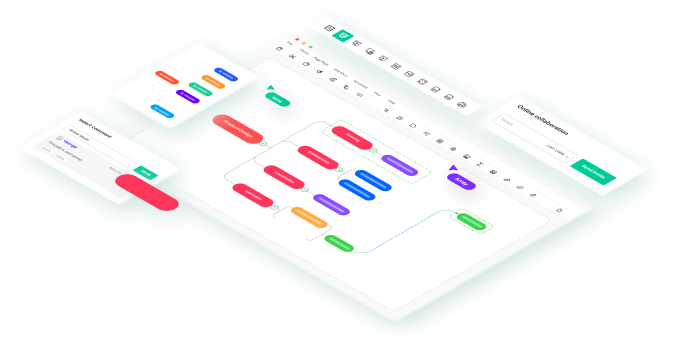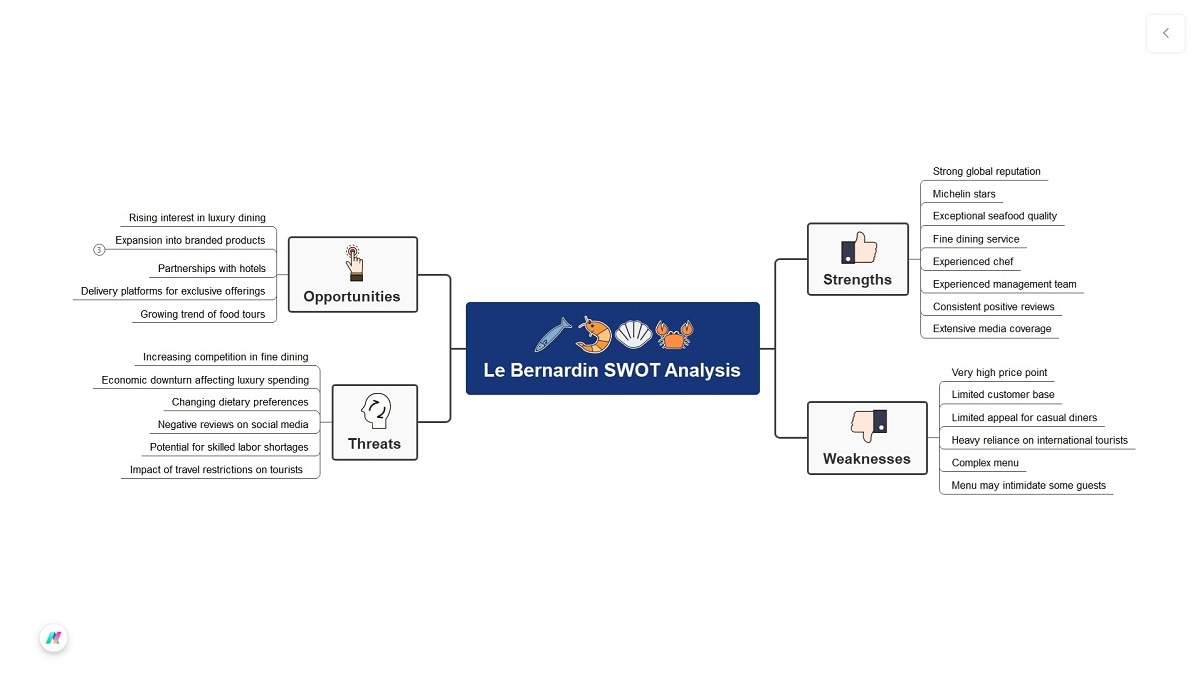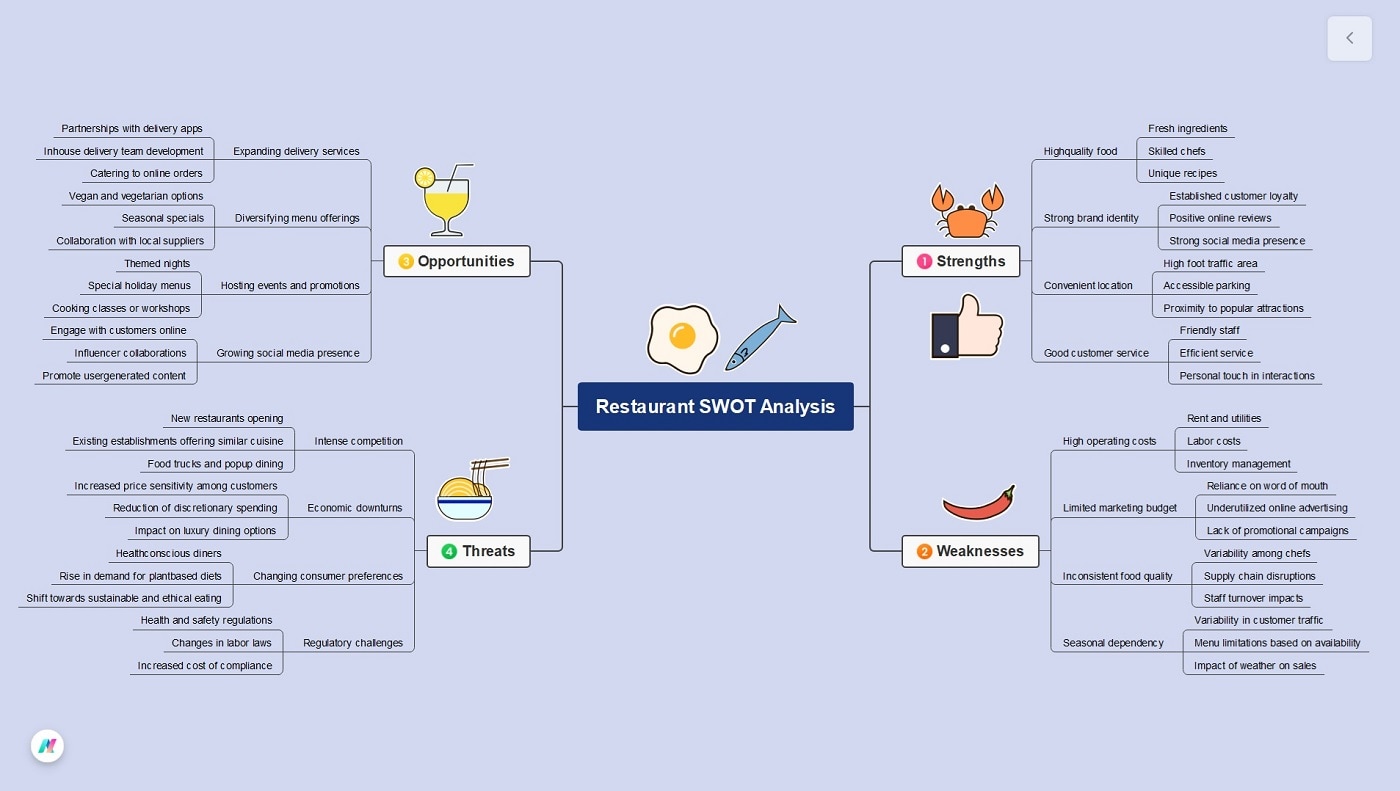Running a restaurant is more than preparing good food. Success depends on knowing your market, managing costs, and standing out from competitors.
Many restaurant owners face challenges such as rising food prices, staff shortages, or shifting customer habits. To deal with these, they need a clear tool showing strengths and weaknesses. This is where SWOT analysis becomes valuable.
A SWOT analysis helps you understand the internal and external factors that affect your business. It gives a balanced view of what you do well and what you need to improve. Also, it shows what risks or opportunities lie ahead.
This guide will explain how restaurants can use SWOT analysis effectively. Read to see real examples and how you can apply them to your business.
In this article
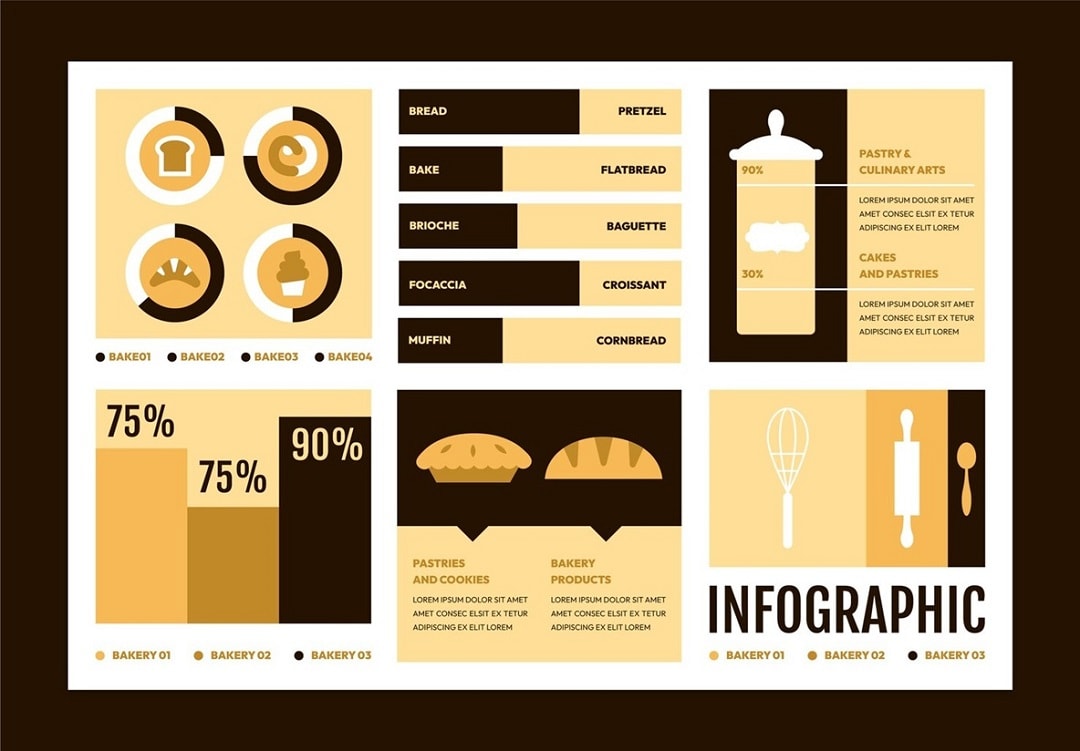
What Is a SWOT Analysis?
A SWOT analysis is a structured method for evaluating a restaurant’s internal and external environment. It identifies four areas: strengths, weaknesses, opportunities, and threats.
- Strengths – internal advantages like food quality, reputation, or service.
- Weaknesses – internal challenges such as high costs or limited menu variety. It can also be staff turnover.
- Opportunities – external trends a restaurant can benefit from. Examples are the rising demand for healthy food or new delivery apps.
- Threats – external risks such as new competitors, economic downturns, or changing regulations.
In the restaurant industry, SWOT analysis helps owners and managers make informed decisions. You should know what is working and what needs improvement. From it, your restaurant can design strategies to attract customers, reduce risks, and stay competitive.
Importance of SWOT Analysis in Restaurants
Restaurants operate in a highly competitive space where customer preferences, costs, and trends change quickly. A SWOT analysis clarifies where the restaurant stands and how it can grow. It acts as a decision-making tool. It helps leaders set realistic goals and respond proactively to changes.
For example, identifying strengths like a loyal customer base or signature dishes allows restaurants to market effectively. Finding weaknesses like slow service or outdated interiors highlights areas for improvement. Opportunities such as the growing demand for delivery services can be leveraged. Meanwhile, threats like new competitors or rising ingredient costs can be prepared for in advance.
For example, consider Le Bernardin in New York, a world-famous fine dining seafood restaurant. This article will use it as a case study to create a SWOT analysis mind map with Wondershare EdrawMind in the next section. This will show how a real restaurant can apply the framework for strategy planning.

Company Overview of Le Bernardin
| Aspect | Information |
| Founded | 1986 (New York; originally from Paris, founded 1972) |
| Headquarters | Midtown Manhattan, New York, USA (155 W. 51st St) |
| Cuisine & Specialty | French seafood with light, elegant preparations (“Almost Raw,” “Barely Touched,” “Lightly Cooked”) |
| Accolades | 3 Michelin Stars (since 2005). Maintained 4 stars from the NY Times for 35+ years; ranked top US restaurant by La Liste with 99.75 score |
| Price Range | Lunch ~ $135 (three-course). Dinner starts around $157 for four-course. Tasting menu up to ~ $370 with wine pairing |
| Key Locations/Offerings | Elegant dining room, Aldo Sohm Wine Bar, private dining (Le Bernardin Privé, Les Salons Bernardin) |
| Executive Chef | Eric Ripert (took over the kitchen in 1995; continues fish-as-focal-point philosophy) |
| Official Website | https://www.le-bernardin.com/ |
Case Study: SWOT Analysis of Le Bernardin
Le Bernardin is a Michelin three-star restaurant specializing in seafood. It’s known for its refined dining experience and international reputation. Below is a sample SWOT analysis:
Strengths
Le Bernardin’s strongest asset lies in its global reputation. It has three Michelin stars and consistent placement among the world’s top restaurants. The prestige of dining here attracts both international visitors and locals. It ensures continued demand despite its exclusivity.
The restaurant also sets itself apart with exceptional seafood quality and a refined fine dining experience. Chef Éric Ripert and his team maintain culinary excellence and high service standards. Combined with positive reviews and media coverage, these factors reinforce its elite standing in the industry.
Weaknesses
One of the main challenges is Le Bernardin’s very high price point. The exclusivity contributes to its prestige. However, it also makes the restaurant inaccessible to many diners who might otherwise enjoy its offerings.
Additionally, its appeal is narrower. It leans toward luxury seekers rather than casual guests. Heavy reliance on international tourists creates risk during downturns or travel restrictions. The complex and formal menu can also intimidate newcomers. It can discourage younger or less experienced diners from visiting.
Opportunities
The rising global interest in luxury dining creates growth potential for Le Bernardin. The restaurant can expand its influence as a must-visit destination for culinary tourism in New York City.
Opportunities exist in brand extensions such as cookbooks, sauces, or even online cooking classes. Collaborations with luxury hotels or premium delivery platforms could offer exclusive experiences that align with its brand. This can create new revenue streams and reinforce its prestige.
Threats
Competition in New York’s fine dining scene continues to intensify. There are always new Michelin-starred establishments entering the market each year. This raises the pressure on Le Bernardin to innovate consistently.
Moreover, economic downturns pose a significant risk. High-end dining often experiences slower demand when disposable incomes shrink. Evolving dining preferences could also reduce its appeal over time. Negative reviews or PR issues could further tarnish its carefully built reputation.
This example shows how SWOT provides a clear snapshot of the restaurant’s position in the market.
How To Make a SWOT Analysis for a Restaurant
A SWOT analysis is important for restaurants because it helps owners and managers understand their business from all sides. It shows what they do best, where they struggle, and what future risks or chances exist.
Restaurants deal with many challenges, such as food costs, staffing, and customer expectations. Making a SWOT analysis highlights strengths like loyal customers. It shows weaknesses like slow service. There are opportunities, like delivery growth and threats such as competition. This prepares restaurants to adapt and thrive.
Use a Professional SWOT Analysis Mind Map Maker
EdrawMind is a professional tool built for brainstorming, planning, and strategy visualization. It helps restaurants like Le Bernardin structure complex insights into clean, easy-to-understand mind maps. With its features, users can save time and collaborate effectively. You can also present your analysis in a polished format. Below are the main advantages:
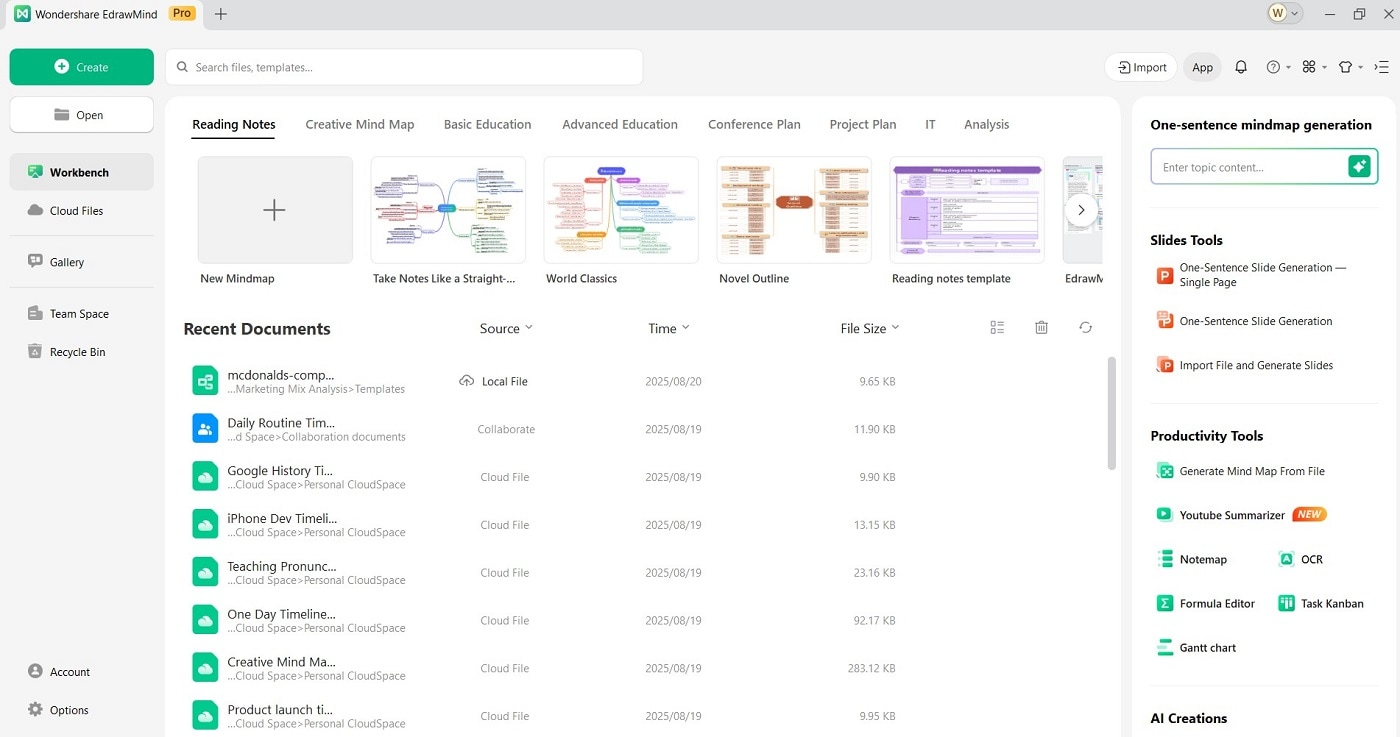
Steps To Make a SWOT Analysis Mind Map
Creating a SWOT analysis mind map helps restaurants visualize their strategic position. You can map out the strengths, weaknesses, opportunities, and threats. Owners and managers can see how internal and external factors interact.
This visual approach allows you to identify gaps and focus on improvements. You can also design effective strategies for long-term success. Follow the steps below to create a SWOT analysis mind map.
Step 1: Download and install EdrawMind, then log in or register for a Wondershare account. Start a new project by selecting Local MindMap. This opens a blank canvas.
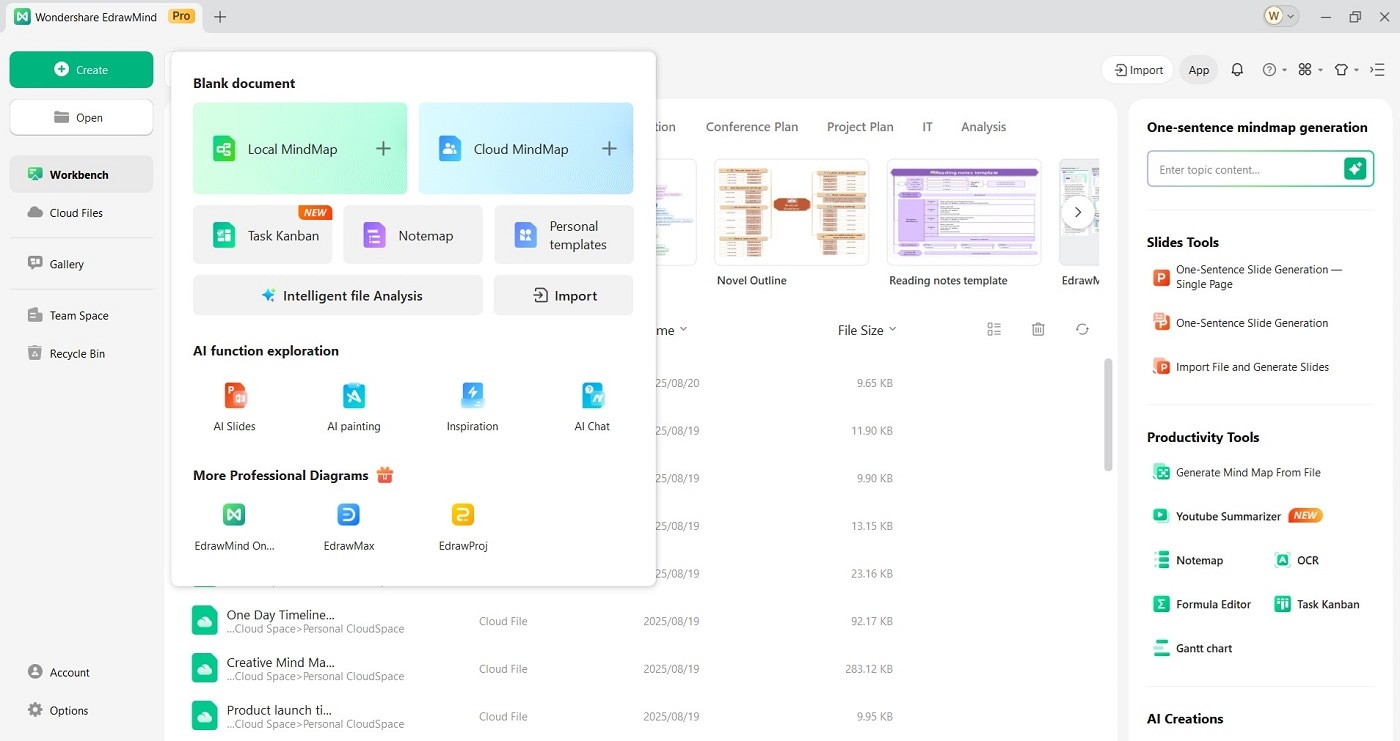
Step 2: Define your goal. For a restaurant, this could be analyzing its market position or evaluating customer perception. It can also be for preparing for expansion.
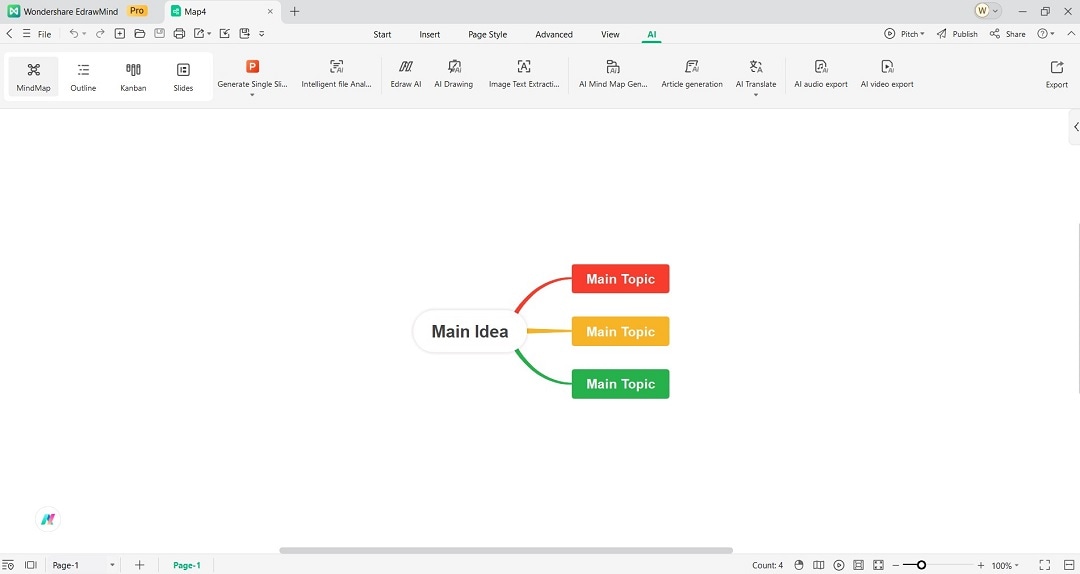
Step 3: Create a central node labeled “SWOT Analysis.” From it, add four main branches: Strengths, Weaknesses, Opportunities, and Threats. These branches form the core framework of your strategy map.
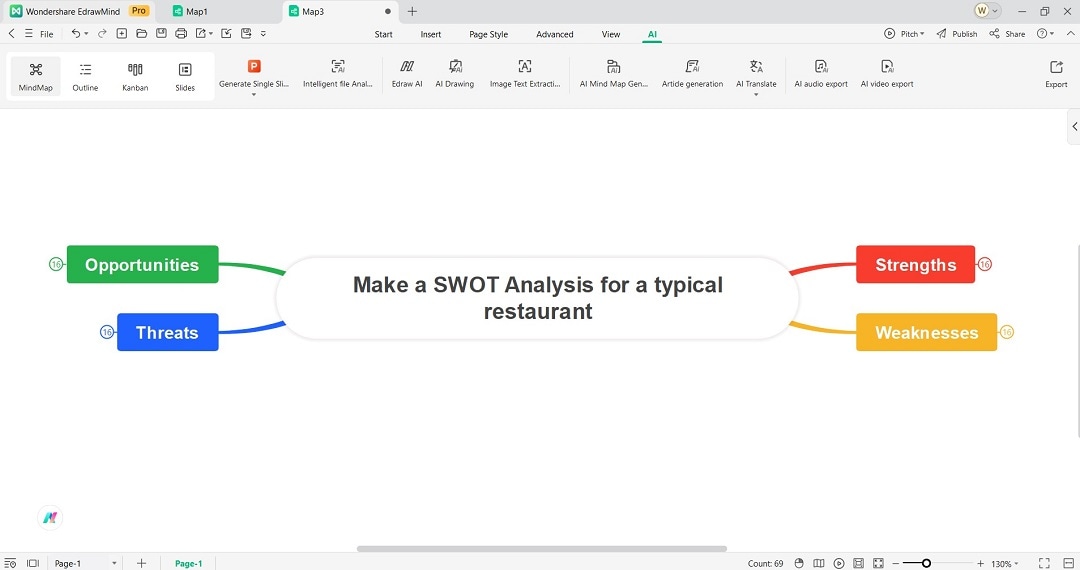
Step 4: Expand the SWOT analysis with Details. Under each branch, list the relevant factors.
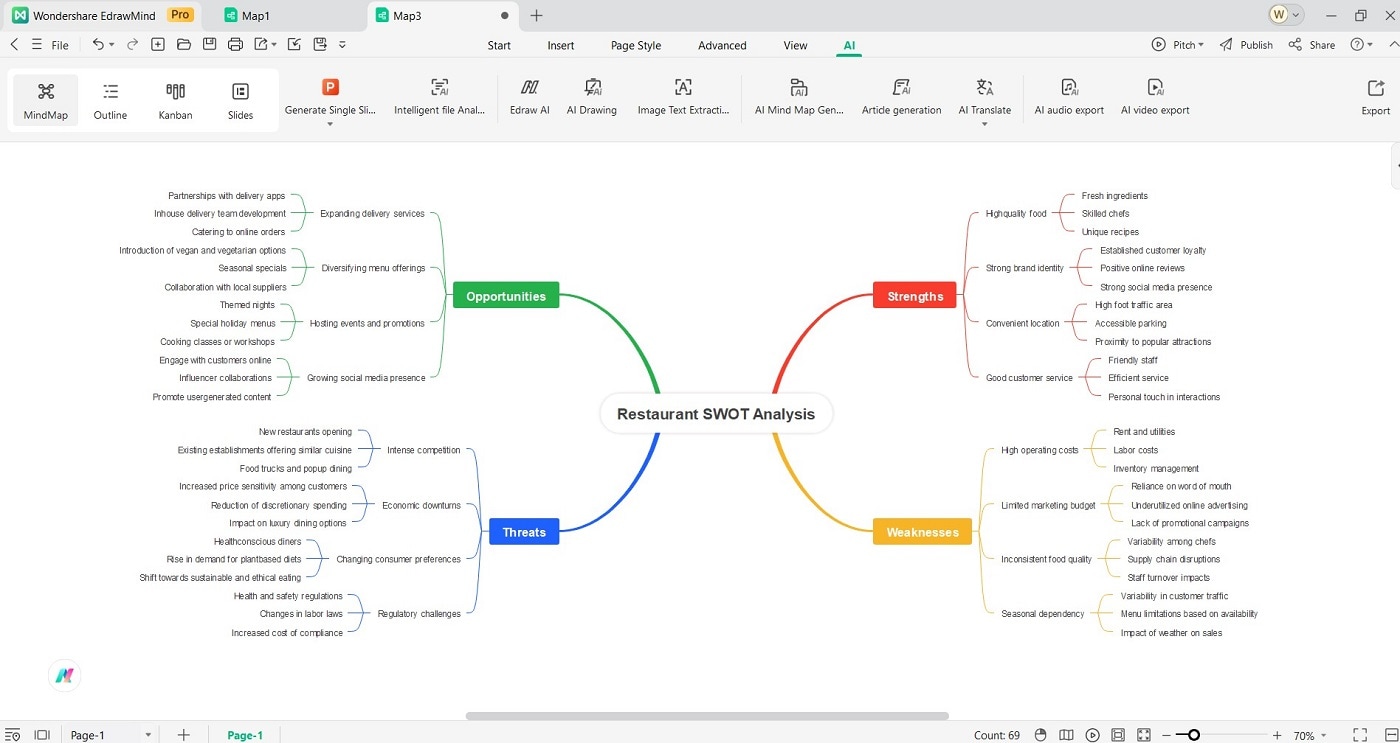
Step 5: Use the right-side panel to adjust themes, colors, and layouts. Add icons or clipart for clarity. Add a check mark for strengths or a warning sign for threats. A clear design makes the analysis easier to present and interpret.
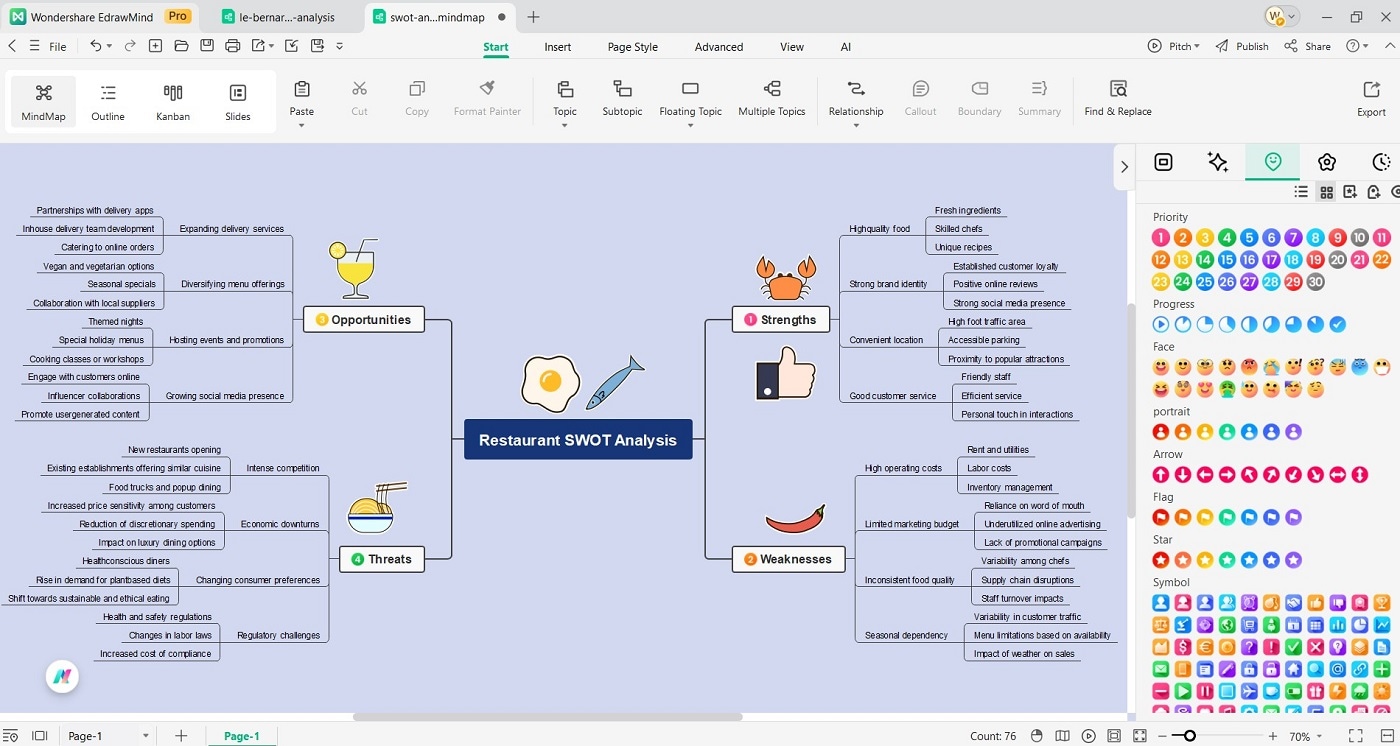
Step 6: Once the SWOT mind map is complete, review it with your team. Export it to formats like PDF, PNG, or PowerPoint for presentations. Sharing the diagram ensures everyone involved in strategy planning stays aligned.
Tips for Conducting a SWOT Analysis of Restaurants
When creating a SWOT analysis, start with thorough research. Use customer reviews, Michelin ratings, and interviews with industry experts. Build a realistic picture of strengths and weaknesses. Balance positive attributes with critical insights for accuracy.
It also helps to visualize your findings. With a tool like EdrawMind, you can map strengths, weaknesses, opportunities, and threats into a clear diagram. This makes it easier to compare factors side by side. You can share insights with colleagues and refine your restaurant strategy.
Key Takeaways
Le Bernardin shows how a clear SWOT analysis can highlight strengths like reputation and service. Meanwhile, it can also address potential weaknesses and risks. In general, SWOT is a practical framework that works for restaurants of any size or category.
Restaurants benefit from learning both their internal capabilities and external pressures. By applying this model, managers can identify growth opportunities. They can also prepare for challenges. They can also make more confident business decisions.
FAQS
-
Why is SWOT important for fine dining restaurants?
SWOT analysis highlights unique strengths like culinary expertise and service standards. It also addresses weaknesses such as price sensitivity. This can impact accessibility and customer reach.Learning opportunities and threats prepare fine dining establishments for evolving trends. This analysis ensures long-term relevance in a competitive industry. It can also protect their brand reputation and customer loyalty base.
-
How often should restaurants update a SWOT analysis?
Restaurants should update their SWOT analysis at least once or twice annually. Market conditions, customer expectations, and industry trends change. So, periodic updates are essential for accuracy.Regular reviews also help restaurant owners refine their strategies. Frequent updates ensure they remain adaptable to challenges like economic shifts. They can also handle new competitors and customer dining behavior changes.
-
Can small restaurants also benefit from SWOT analysis?
Yes, small restaurants benefit from SWOT analysis. They can use the framework to pinpoint strengths like unique flavors and weaknesses like limited marketing.By applying SWOT, small businesses can uncover affordable growth opportunities. It also helps them expect risks early. It ensures stability while enhancing customer engagement and local brand recognition.



